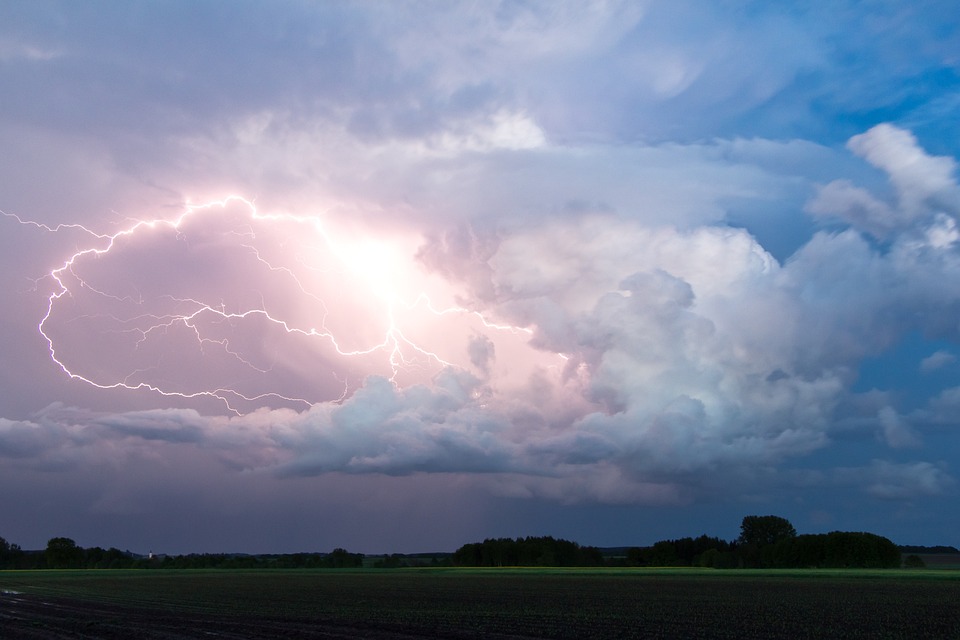Is Vermont a Good Place to Live for Climate Change? Evaluating Vermont’s Climate Resilience and Adaptability
Vermont is often highlighted as a state with potential advantages in terms of climate resilience. This assessment considers various factors, including its current climate, environmental stability, adaptability, challenges, and overall appeal to climate-conscious residents.
Vermont’s Current Climate and Environmental Stability
Mild Summers and Cold Winters
Vermont experiences cooler temperatures compared to many southern and western states, which reduces the risks associated with extreme heat. Average summer temperatures have risen only modestly, while winters remain cold, providing a buffer against the most severe impacts of climate change.
Low Population Density
With a relatively low population density, Vermont’s rural areas experience less strain on resources. This can enhance resilience by allowing for better management of local ecosystems and reducing the likelihood of infrastructure overload during climate-related events.
Abundant Freshwater Resources
Vermont is rich in freshwater resources, boasting numerous lakes and rivers. This abundance supports local agriculture and provides drinking water, which is crucial for adapting to changing climatic conditions.
How Vermont Stacks Up Against Key Climate Change Risks
Heatwaves
The risk of extreme heat is considerably lower in Vermont than in many other regions. While summers are warming, the state does not face the same level of heat-related health risks as southern states.
Sea-Level Rise
Being landlocked, Vermont is not directly threatened by rising sea levels. This geographical advantage helps shield it from one of the most pressing climate change concerns affecting coastal states.
Extreme Weather Events
Vermont does face some risks from extreme weather events, including flooding and winter storms. The state has seen an increase in heavy rainfall events, leading to significant flooding challenges that have become more frequent due to climate change[1][4]. However, its mountainous terrain can sometimes mitigate the impact of hurricanes compared to coastal areas.
Wildfire Risk
The risk of wildfires in Vermont is relatively low due to abundant precipitation and dense forests. This contrasts sharply with western states that face severe wildfire threats.
Climate Adaptability and Infrastructure in Vermont
Sustainable Agriculture and Local Food Systems
Vermont emphasizes sustainable farming practices and local food systems, which enhance food security and resilience against climate impacts. Initiatives promote organic farming and community-supported agriculture.
Renewable Energy Initiatives
The state supports renewable energy projects such as solar, wind, and hydropower. These initiatives aim to reduce reliance on fossil fuels and align with Vermont’s aggressive greenhouse gas emissions reduction goals[4].
Green Building and Infrastructure
Vermont promotes energy-efficient building practices and resilient infrastructure designed to withstand climate stressors. Efforts are underway to upgrade existing infrastructure to better handle increased rainfall and flooding[1].
Challenges Vermont Faces Due to Climate Change
Increased Rainfall and Flooding
While Vermont benefits from its water resources, it also faces challenges from increased rainfall. The state has experienced several significant flooding events recently due to heavier precipitation patterns linked to climate change[1][4].
Winter Temperature Shifts
Warmer winters pose risks to industries reliant on cold weather, such as skiing and maple syrup production. Changes in temperature can affect snow cover duration and sap flow in maple trees[2][4].
Tick-Borne Illnesses
Milder winters have contributed to rising populations of ticks, increasing the risk of tick-borne diseases like Lyme disease. This public health concern necessitates ongoing monitoring and adaptation strategies[2][5].
Why Vermont Appeals to Climate-Conscious Residents
Natural Beauty and Outdoor Lifestyle
Vermont’s stunning landscapes offer ample opportunities for outdoor activities such as hiking, skiing, and fishing. This natural beauty attracts residents who prioritize green spaces.
Community and Environmental Initiatives
The state has numerous community-led programs focused on sustainability, conservation efforts, and local food systems that resonate with environmentally conscious individuals.
Strong Environmental Policies
Vermont has established ambitious climate goals aimed at reducing greenhouse gas emissions by 50% by 2028 and 70% by 2050. These policies reflect a proactive stance on sustainability[4].
FAQs
– Is Vermont safe from climate change impacts?
While Vermont faces certain risks like flooding and health issues related to warmer temperatures, its geographical advantages provide some protection against more severe threats like sea-level rise.
– How does Vermont compare to other states in climate resilience?
Compared to many southern or coastal states, Vermont has lower risks associated with extreme heat and sea-level rise but faces its own unique challenges like increased rainfall.
– Are winters in Vermont becoming warmer?
Yes, winters are warming; average winter temperatures have risen by about 4°F over the past 50 years[2][5].
– What is Vermont doing to reduce greenhouse gas emissions?
The state has set ambitious emissions reduction targets through legislation aimed at transitioning to renewable energy sources[4].
– How is Vermont addressing the risk of flooding?
Efforts include upgrading infrastructure for better flood management and implementing statewide floodplain standards[1][3].
– What are the downsides of living in Vermont for climate resilience?
Challenges include increased rainfall leading to flooding, warmer winters affecting local industries, and rising tick populations impacting public health.
– How does Vermont’s renewable energy usage compare nationally?
Vermont is a leader in renewable energy initiatives relative to many other states but continues to work towards further improvements[4].
Conclusion
Overall, while Vermont possesses several strengths as a climate-resilient state—such as lower exposure to extreme heat and sea-level rise—it also faces significant challenges like increased rainfall and public health risks from tick-borne diseases. Its proactive approach toward sustainability makes it an appealing option for those prioritizing climate resilience.

Kyle Whyte is a notable scholar and professor at the University of Michigan, holding positions such as the George Willis Pack Professor in the School for Environment and Sustainability and Professor of Philosophy. Specializing in environmental justice, his work critically examines climate policy and Indigenous peoples’ ethics, emphasizing the nexus between cooperative scientific endeavors and Indigenous justice. As an enrolled Citizen Potawatomi Nation member, he brings a vital perspective to his roles as a U.S. Science Envoy and member of the White House Environmental Justice Advisory Council. His influential research is supported by various prestigious organizations including the National Science Foundation, and disseminated through publications in high-impact journals. Kyle actively contributes to global Indigenous research methodologies and education, with affiliations to numerous institutes and societies dedicated to traditional knowledge and sustainability. Recognized for his academic and community engagement, Kyle has earned multiple awards and served in various visiting professorships. His efforts extend to leadership positions on boards and committees focused on environmental justice nationwide.
